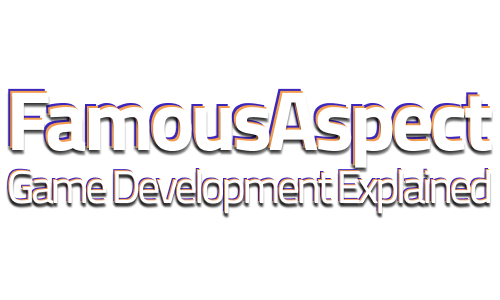To call the Quarter Spiral team process centric would be a bit of an understatement. Two of the three team members have served as producers of software development teams. We love scrum methodology and have been doing weekly sprints with point tracking and post mortems since the first week of our existence. As our tiny team is spread out across two continents, rooting ourselves in process has been essential to maintaining development momentum and creating trust that each team member is pulling his weight.
This devotion to process can be extended to game design and, in this instance, tuning and balance. By nature, game balance is subjective. What feels “just right” for one team member or especially devoted forum goer may be frustratingly overpowered for another. I believe it is impossible to ever get tuning perfect; it can only ever be good enough and with enough feedback, continuously improved.
On a game team, a poorly handled exchange about tuning can be unfulfilling at best and frustrating at worst. If I tell my teammate Alex that his favorite unit feels overpowered and he comes back to me the next day with “I checked that, it seemed fine to me,” I may feel frustrated. Perhaps he’s just being lazy or worse yet, does not want to nerf a unit essential to his personal play style. These feelings can induce friction when they occur within a team, but at least team members can talk to each other and reason decisions out. When these feelings occur within the core community of players they can be downright damaging to a game’s ecosystem.
Since Enhanced Wars is a multiplayer strategy game, game balance is essential to delivering a fun experience. As we are striving for an open development model, transparency with our players (and team members) is key to developing a healthy player ecosystem. Pair this openness with our love of process, and writing tuning reports seemed obvious.
You can download a template of our tuning report at this link. The goal of the document is to treat tuning and balancing the game with some level of scientific method. The document is broken into two sections. The top level of the report details the complaint was (“X person reports that Y unit is overpowered”) and the results of the test (“X and Y stats were tweaked”). For some teams, this alone may be enough to create a record of what was done and why.
The second section of the template contains the full details that would allow another team member to replicate the test. After listing the stats of the test he ran, the designer details the findings from his play session. In the Hypothesis/Next Steps section, the designer explains why he thinks the reported phenomenon is occurring and what changes he will take to address it. Finally, the report concludes with a Methodology section that explains in detail how the test was run.
For some designers, this document may seem like overkill. But when shared with another team member or with the community, a tuning report can help a designer prove that he is doing more than just “playing it a couple times” and justify his decisions around game tuning and balance.
